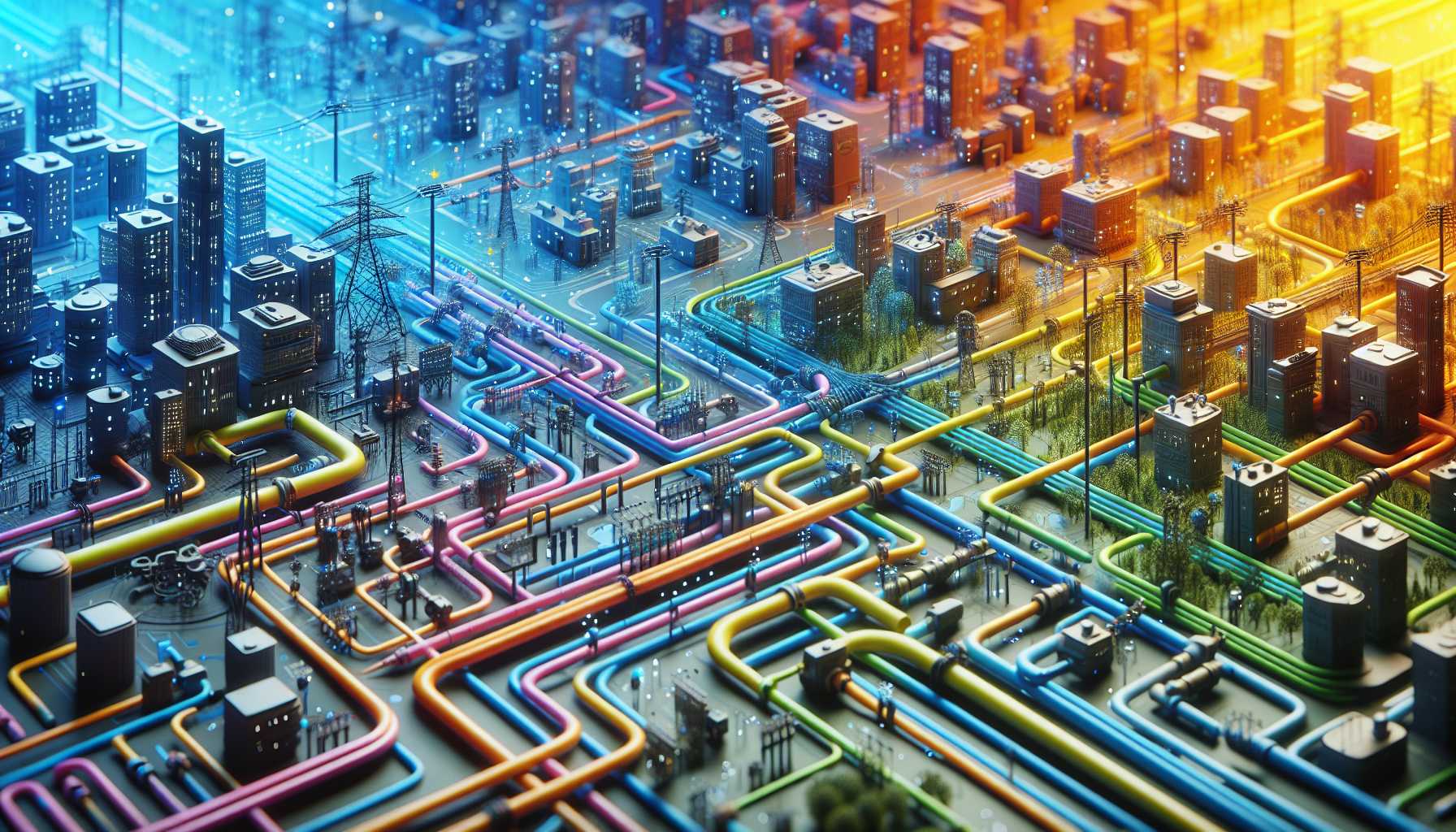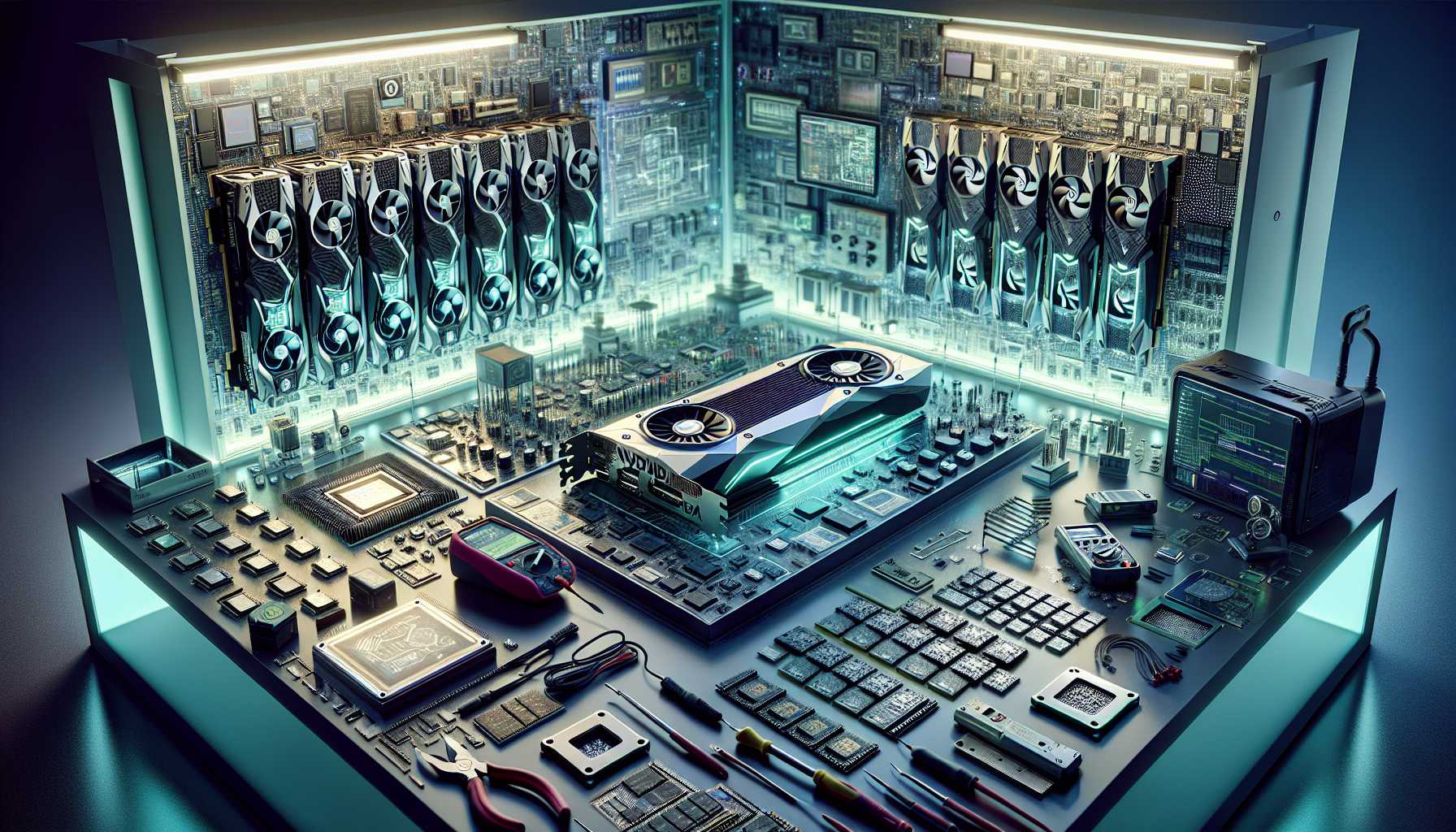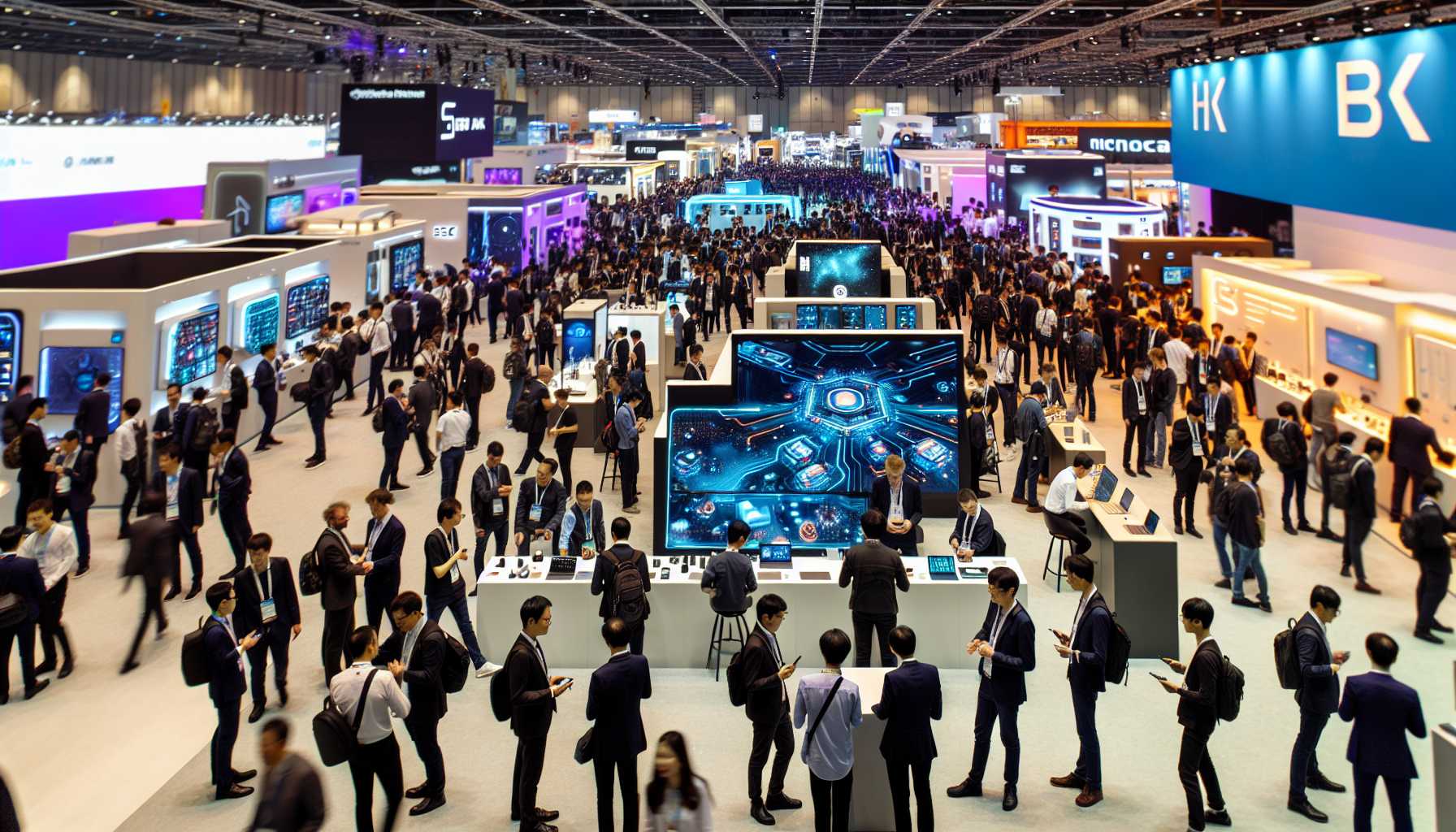In the not-so-distant past, weather-induced disasters would catch communities off-guard, leading to power outages and cascading failures within our infrastructure. But picture this: a world where power networks are not only resilient but also have the foresight to adapt before disaster strikes. This isn’t just sci-fi fantasy; it’s becoming a reality thanks to companies like Neara.
Neara, an innovative startup from New South Wales, Australia, is harnessing the mind-boggling powers of AI and machine learning to create digital models of utility networks. This tech isn’t just about fancy 3D animations; it’s a game-changer for how utility companies prepare for Mother Nature’s temper tantrums, be it wildfires, floods, or ice storms.
Since 2019, Neara has been on a mission, raising an eye-watering $45 million AUD from future-focused investors like Square Peg Capital and Prosus Ventures. They’ve roped in big players like Essential Energy and Southern California Edison, and rightfully so. Neara’s tech stack, with its AI and machine learning prowess, can crunch more than one million miles of network territory to predict precisely how, for instance, a flood’s elevation change could impact power infrastructure. This is no small feat. In the utilities game, milliseconds and millimeters matter. Neara’s solution isn’t just about preventing outages; it’s about keeping workers safe from hazardous conditions and mitigating overall impact.
In my eyes, Neara’s AI and machine learning advancements are a crucial leap forward in a world where extreme weather is no longer the exception but the norm.
Getting Acquainted with AI Chatbot Subscriptions: Worth Your Time and Money?
Let’s shift gears to a topic that might’ve crossed your inbox or social feed lately: AI chatbot subscriptions. Giants like Google and OpenAI are elbowing each other in the tech arena to get you to part ways with your cash in exchange for their wittiest AI chatbots. But here’s the million-dollar question: Do you really need to fork over $20 a month for AI smarts that can draft an email or spout the next epic line for your “Rick and Morty” fanfic?
My instincts tell me that unless you’re a developer in need of an extra brain for coding or a power user fascinated by cutting-edge AI features, you’re likely just fine with the free versions. The cautionary tale here, in my humble opinion, is not to get swept up by the bells and whistles. Just because an AI chatbot can promise you the moon, doesn’t mean it won’t mistakenly label your bottle of vitamins as something you’d rather not discuss with your grandma. Be smart, tech friends, and always, and I cannot stress this enough, double-check the output.
Champions of AI: Celebrating the Unheralded Geniuses of Our Time
As a passionate advocate for more diversity in tech, I can’t help but shine a spotlight on the hidden figures of AI. Kudos to TechCrunch for spotlighting remarkable women like Irene Solaiman, a beacon in the AI policy and ethical compass sectors. The fact that we’re only now bringing to fore the contributions of women in AI isn’t just overdue; it’s essential. With diversity comes perspective, and we need all the perspective we can get as we embark on the still-nebulous journey that is artificial intelligence.
Through her work at Hugging Face and OpenAI, Solaiman represents the necessary intersectionality of tech, policy, and human rights. It’s no news flash that diversity breeds innovation, and I dare say the dynamic nature of the challenges and opportunities ahead in AI makes embracing diverse voices an auspice for success rather than merely a ‘nice-to-have’.
AI’s March on the Tech Scene: Nvidia’s Dominance and What’s to Come
Tech titans and AI buffs, lend me your ears for a hot second. Nvidia might very well be anointed the king of AI graphics cards, but the crown never rests easy. Even as Nvidia cements its dominion with a staggering 92% market share, the specter of competition looms large. Big-name companies are not just sitting back and watching the parade pass by. They’re investing in the development of custom AI chips to tackle specific AI workloads, a move that could give them the freedom from exorbitantly priced GPUs.
Nvidia’s foresight into joining the fray of custom chipmaking is indicative of a marketplace about to get a whole lot more interesting. With an estimated revenue opportunity of $55 billion by 2027, this space is where the proverbial rubber will meet the road. Seeing Nvidia carve a niche within the bespoke AI chip market alongside Broadcom and Marvell Technology signals not only a lively business strategy but also reflects the ever-evolving complexity of AI’s role in our future.
Upcoming Tech Events: Mobile World Congress 2024 Predictions and Expectations
As a tech enthusiast, the Mobile World Congress (MWC) is akin to my Super Bowl. Set in the vibrant city of Barcelona, MWC is where the magic happens: product reveals, concept showcases, and tech gurus galore. The anticipation for MWC 2024 buzzes with predictions of health-centric wearables and cutting-edge head-worn displays. And I’ve got my eye on a bevy of tech to get excited about; folding devices, sliding mechanisms, and even speculative whispers of a transparent laptop (You have my attention, Lenovo!).
We’re bound to see the usual suspects like OnePlus and Xiaomi chasing the headlines, but also some expected bluster about 5.5G. Remember though, my fellow aficionados, to sprinkle a healthy dose of skepticism onto marketing claims. Not all that glitters is gold in the tech universe.





